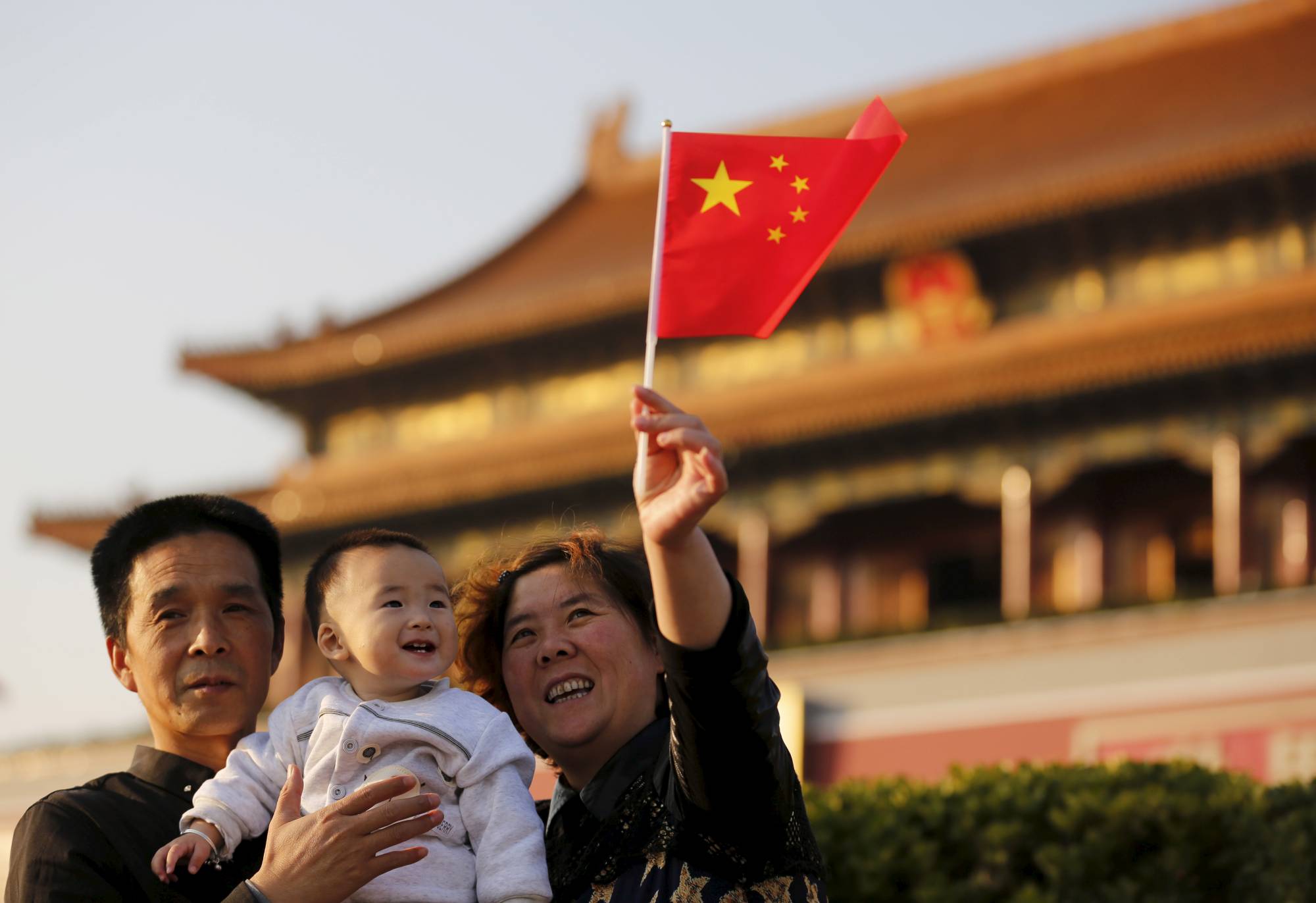Historically, demographics has been a slow-moving variable. But the East Asian economies — especially China, Japan and South Korea — have flipped so fast from rapid population growth to decline that they practically have whiplash.
As a planned economy, China was once obsessed with expanding its population. But, in 1957, the economist Ma Yinchu published “The New Theory of Population” and cautioned that this trend would soon begin to undermine China’s economic development. Though the government initially criticized his theory unfairly, Chinese leaders eventually took his warnings to heart, encouraging family planning as a way to promote economic growth.
In 1973, China went a step further, with the national wan, xi, shao (late marriage, longer spacing and fewer children) campaign, which encouraged couples to have no more than two children. Six years later, this escalated into the infamous one-child policy. To ensure its long-term impact, family planning was finally written into the Chinese constitution in 1982.


















With your current subscription plan you can comment on stories. However, before writing your first comment, please create a display name in the Profile section of your subscriber account page.